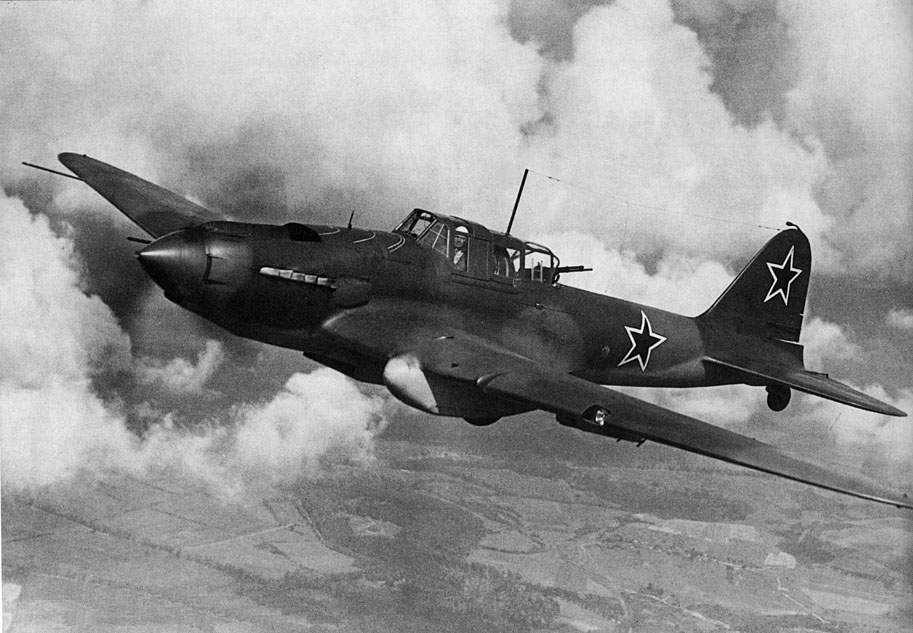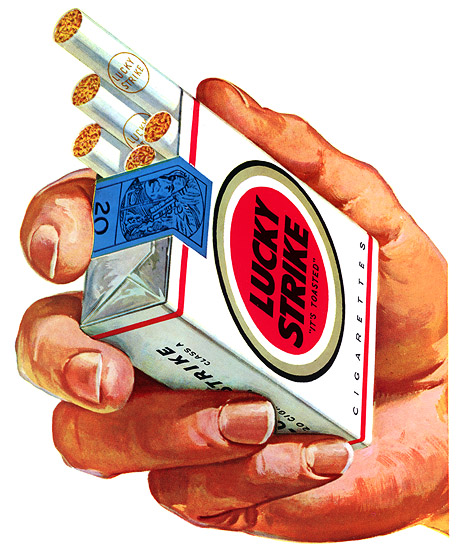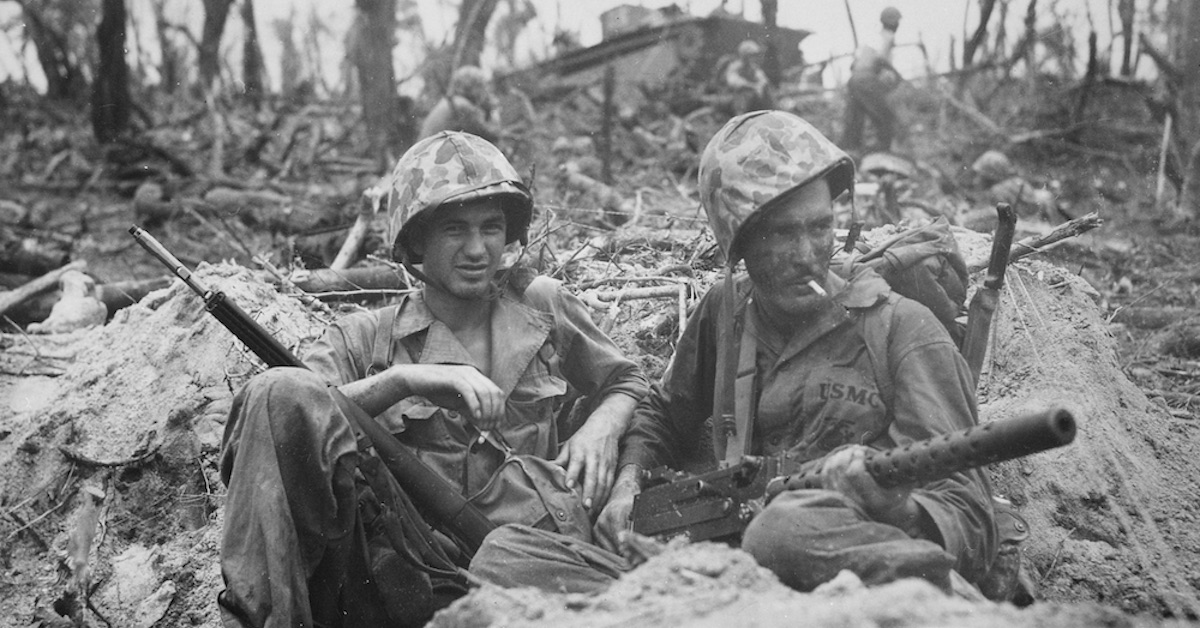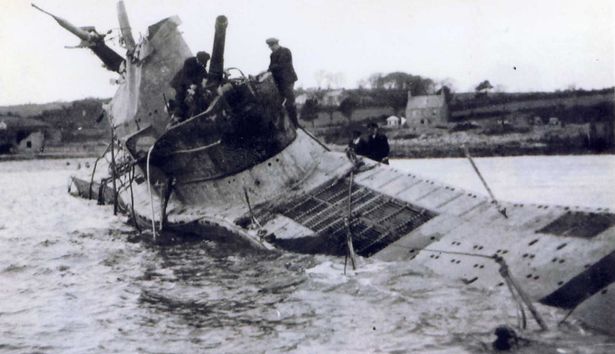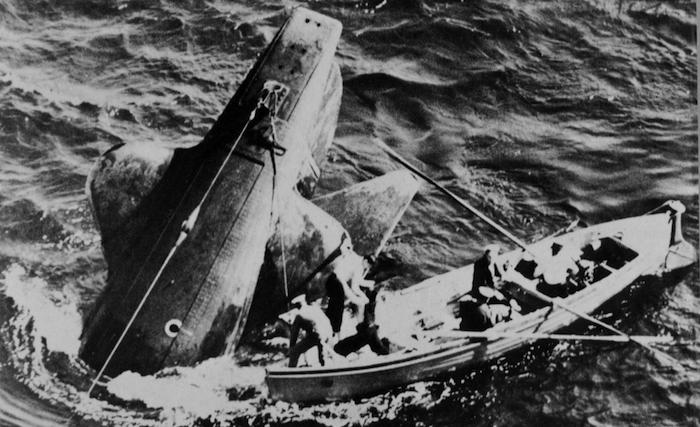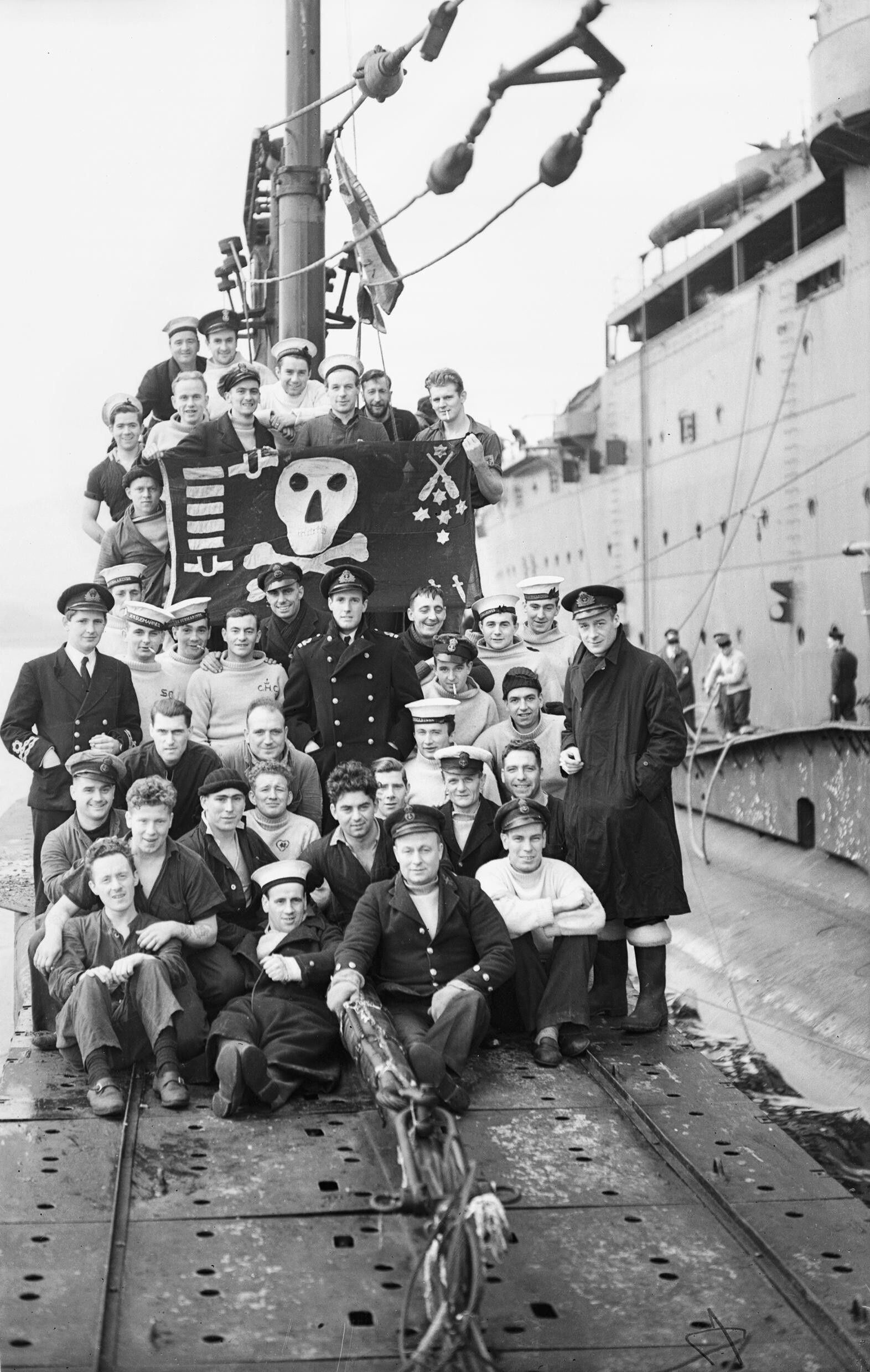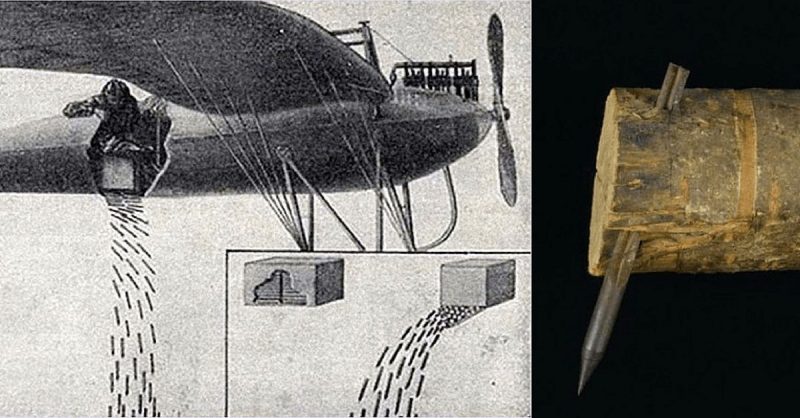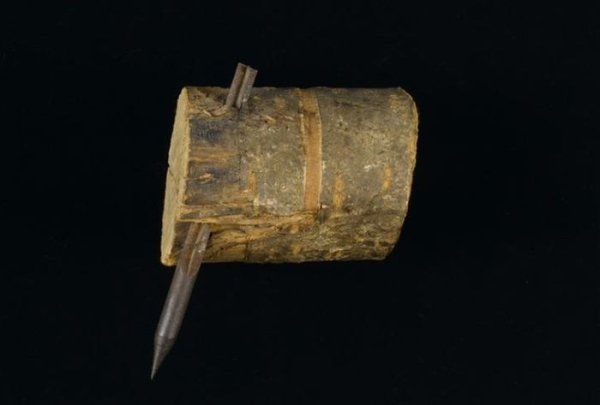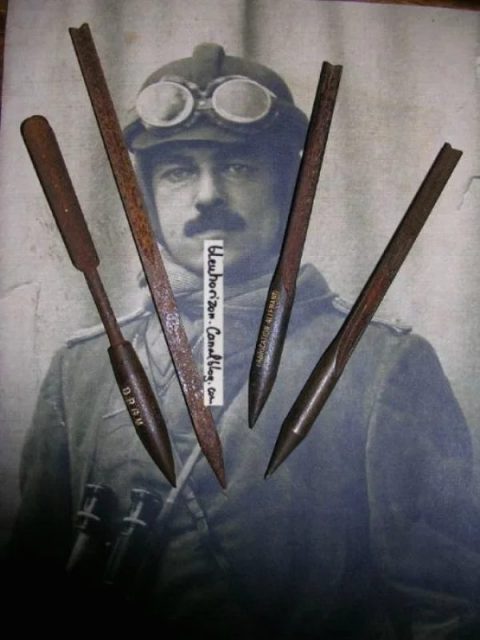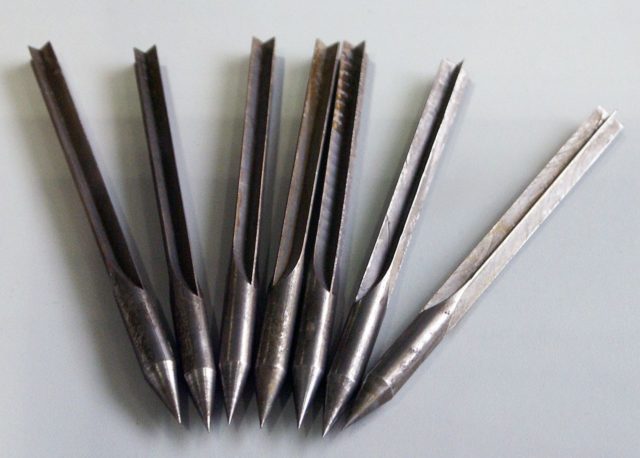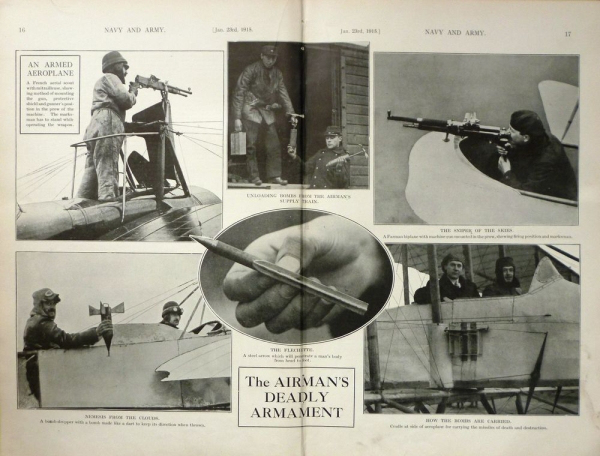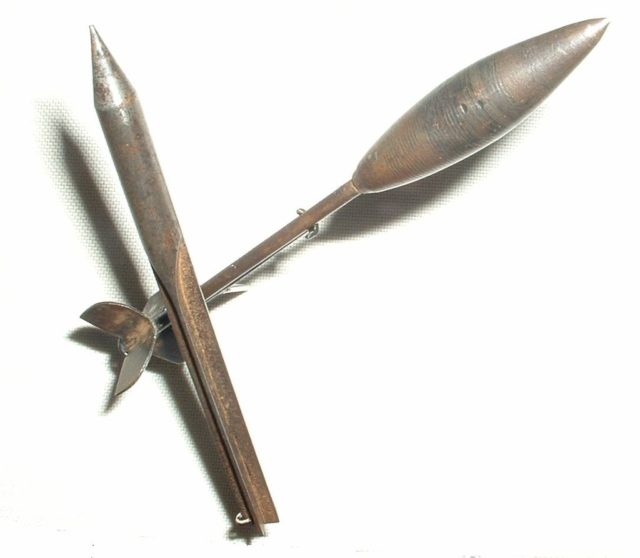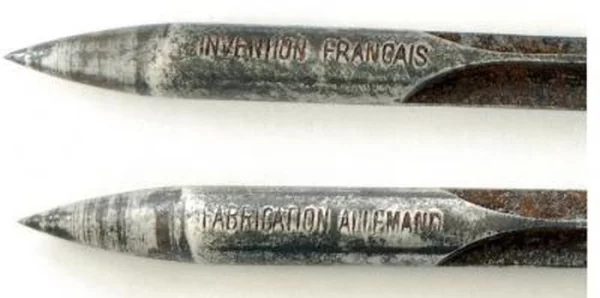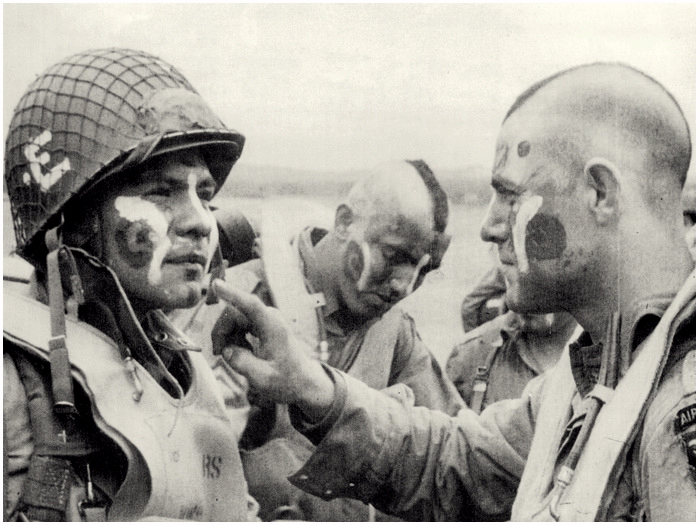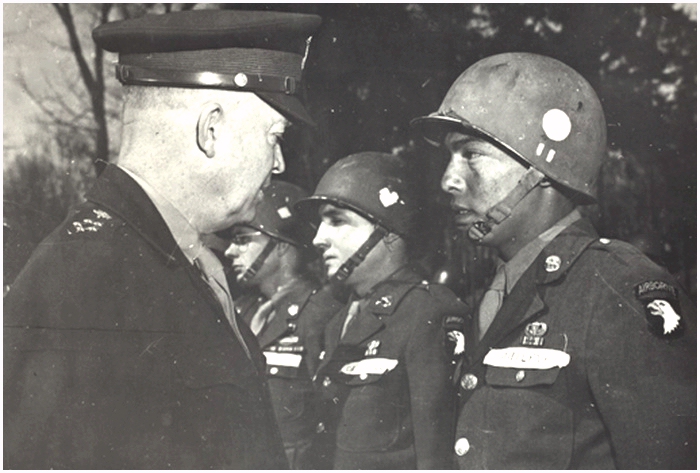- Posts: 1256
- Thank you received: 1781
Sidebar
Login Form
Little stories
- Maki
-

- Offline
Less
More
3 years 11 months ago #25
by Maki
Replied by Maki on topic Little stories
This Soviet pilot stole the plane of a Nazi pilot who landed to try and kill him
In 1942, not long after Nazi Germany invaded the Soviet Union, Soviet pilot S. Kuzniecov was returning to base from a reconnaissance mission over Nazi-occupied Russia. As he flew over Kalinin (modern-day Tver), he was ambushed by German Messerschmidt fighters. He was shot down and forced to crash land his Iluyshin Il-2.
One of the German pilots landed at a nearby flat strip of land to collect souvenirs from his prey and to kill the Soviet pilot if he was still alive. But Kuzniecov wasn't in the cockpit of the downed fighter anymore. He hid in the nearby woodline waiting for the enemy pilot.
As soon as the German approached Kuzniecov's Il-2, Kuzniecov made a mad dash to the German's waiting Messerschmidt. He took off and headed for home. But his troubles didn't end there.
Soviet pilots didn't take kindly to German Me-109 fighters approaching their airbases. The Russian managed to survive getting shot down by the Nazis and almost died trying to avoid getting shot down by his comrades.
He did survive and was later awarded the title Hero of the Soviet Union, the highest honor the USSR could bestow on its fighting men and women. Kuzniecov was blinded by anti-aircraft fire over Poland in 1944. He managed to land his new Il-2 in a wheels-up crash landing, but what happened to him after he left the cockpit is unknown to this day.
When the Il-2 first appeared, it was called the "Flying Infantryman" by the Red Army, as beloved by ground troops as the A-10 is for Americans today. When given an inspection and a test flight, American Ace Eddie Rickenbacker called it the "best aircraft of its type in the world" and the "Beast from the East."
In 1942, not long after Nazi Germany invaded the Soviet Union, Soviet pilot S. Kuzniecov was returning to base from a reconnaissance mission over Nazi-occupied Russia. As he flew over Kalinin (modern-day Tver), he was ambushed by German Messerschmidt fighters. He was shot down and forced to crash land his Iluyshin Il-2.
One of the German pilots landed at a nearby flat strip of land to collect souvenirs from his prey and to kill the Soviet pilot if he was still alive. But Kuzniecov wasn't in the cockpit of the downed fighter anymore. He hid in the nearby woodline waiting for the enemy pilot.
As soon as the German approached Kuzniecov's Il-2, Kuzniecov made a mad dash to the German's waiting Messerschmidt. He took off and headed for home. But his troubles didn't end there.
Soviet pilots didn't take kindly to German Me-109 fighters approaching their airbases. The Russian managed to survive getting shot down by the Nazis and almost died trying to avoid getting shot down by his comrades.
He did survive and was later awarded the title Hero of the Soviet Union, the highest honor the USSR could bestow on its fighting men and women. Kuzniecov was blinded by anti-aircraft fire over Poland in 1944. He managed to land his new Il-2 in a wheels-up crash landing, but what happened to him after he left the cockpit is unknown to this day.
When the Il-2 first appeared, it was called the "Flying Infantryman" by the Red Army, as beloved by ground troops as the A-10 is for Americans today. When given an inspection and a test flight, American Ace Eddie Rickenbacker called it the "best aircraft of its type in the world" and the "Beast from the East."
The following user(s) said Thank You: Nikita, Rs_Funzo, Damni, ShayoX, Odysseus, Greg, Xiadz
Please Log in or Create an account to join the conversation.
- Maki
-

- Offline
Less
More
- Posts: 1256
- Thank you received: 1781
3 years 11 months ago #26
by Maki
Replied by Maki on topic Little stories
This could be the origin of the 'lucky cigarette'
Smoking cigarettes has been a popular pastime among troops since the very first line formed at the armory. Everybody, both civilian and service member alike, has their reason for smoking, but one thing is consistent between the two crowds — flipping one cigarette upside down and saving it for last.This last cigarette is referred to as the "lucky cigarette" and it's considered bad luck to smoke it before the others in the pack. People all over the internet have speculated at the origin of this superstition, but it's very likely that it all started with troops in WWII — and the Lucky Strike brand cigarettes they used to get in their rations.
So, if you've ever wondered why your veteran friend saves a single, specific cig for last, here are the best explanations we've found:
World War II
In WWII, troops would get Lucky Strike cigarettes in their rations and each cigarette was stamped with the brand's logo. It's believed that those fighting either in Europe or the Pacific would flip every cigarette in the pack except for one. That way, when a troop sparked one, they'd burn the stamp first (this was before the days of filtered cigarettes).
That way, if a troop had to drop the cigarette for any reason, the enemy couldn't quickly determine the country of origin — any identifying mark was quickly turned to ash. The last cigarette was the only exception — and if you survived long enough to smoke it, you were considered lucky.
Vietnam
Some swear that this tradition comes from the Vietnam War.
By this point, filtered cigarettes were becoming the norm, so you could only smoke 'em one way. Still, the tradition remained largely intact. Instead of flipping every cigarette on end, troops would invert a single one and, just as before, if you lived long enough to smoke it, you were a lucky joe.
In either case, having a "lucky cigarette" in your pack has since become a universal superstition.
Whether you're in the military or not, flipping that one cigarette is considered good luck, even when your life isn't in immediate danger.
Smoking cigarettes has been a popular pastime among troops since the very first line formed at the armory. Everybody, both civilian and service member alike, has their reason for smoking, but one thing is consistent between the two crowds — flipping one cigarette upside down and saving it for last.This last cigarette is referred to as the "lucky cigarette" and it's considered bad luck to smoke it before the others in the pack. People all over the internet have speculated at the origin of this superstition, but it's very likely that it all started with troops in WWII — and the Lucky Strike brand cigarettes they used to get in their rations.
So, if you've ever wondered why your veteran friend saves a single, specific cig for last, here are the best explanations we've found:
World War II
In WWII, troops would get Lucky Strike cigarettes in their rations and each cigarette was stamped with the brand's logo. It's believed that those fighting either in Europe or the Pacific would flip every cigarette in the pack except for one. That way, when a troop sparked one, they'd burn the stamp first (this was before the days of filtered cigarettes).
That way, if a troop had to drop the cigarette for any reason, the enemy couldn't quickly determine the country of origin — any identifying mark was quickly turned to ash. The last cigarette was the only exception — and if you survived long enough to smoke it, you were considered lucky.
Vietnam
Some swear that this tradition comes from the Vietnam War.
By this point, filtered cigarettes were becoming the norm, so you could only smoke 'em one way. Still, the tradition remained largely intact. Instead of flipping every cigarette on end, troops would invert a single one and, just as before, if you lived long enough to smoke it, you were a lucky joe.
In either case, having a "lucky cigarette" in your pack has since become a universal superstition.
Whether you're in the military or not, flipping that one cigarette is considered good luck, even when your life isn't in immediate danger.
The following user(s) said Thank You: Nikita, Damni, ShayoX
Please Log in or Create an account to join the conversation.
- Maki
-

- Offline
Less
More
- Posts: 1256
- Thank you received: 1781
3 years 10 months ago #27
by Maki
Replied by Maki on topic Little stories
This submarine was lost with almost all hands. Twice.
The HMS Thetis was tragically lost on a test dive in 1939, but the requirements of World War II saw it raised from the seafloor, overhauled, and sent back to sea as the HMS Thunderbolt.
That's because the HMS Thunderbolt was once the HMS Thetis, or, more properly, it was almost the HMS Thetis. It was a submarine launched in 1938 as part of the interwar buildup of arms. The submarine was scheduled to become the HMS Thetis when it was commissioned.
But the planned commissioning didn't happen. As the submarine went through its sea trials, a tragic accident occurred. Most torpedo tubes, then and now, work using two doors. One door opens to the sea when a torpedo is launched, one door opens into the sub when the crew needs to load a new torpedo. The best subs have mechanisms that make it physically impossible to open one door if the other isn't closed.
But the N25 had an indicator instead, that was supposed to tell the crew the outer door was open so they wouldn't open the inner door. But the indicator was really just a small hole in the door that would spurt water if the tube was flooded, and a painter had accidentally filled the small hole in.
During a dive on June 1, 1939, this resulted in the inner door being opened while the outer door was also open. The crew was able to seal a bulkhead after significant flooding, but the boat was filled with 53 members of the defense industry and public, and air was already in short supply in the flooded sub.
The crew managed to raise themselves back to the surface for a short period, and four crewmembers escaped, but it crashed back to the seafloor, and 99 people were killed.
But the almost-HMS Thetis was in shallow water, and divers were able to salvage the ship which was drained, dried, and repaired. After passing new sea trials, it was commissioned as the HMS Thunderbolt in 1940 and sent to the Atlantic.
The HMS Thunderbolt was successful, even though it seemed like it would be cursed. First, sailors don't always like it when a vessel's name is changed, an old superstition. And if any sub could be a ghost ship, the Thunderbolt was a top contender. Worse, Thunderbolt was, itself, an auspicious name for British vessels as two previous HMS Thunderbolts had been lost in crashes.
All of this likely weighed on the crew, especially when they saw the rust line on the walls of the sub from the original sinking. But it destroyed an Italian sub in the Atlantic on Dec. 15, 1940, and helped destroy an Italian light cruiser and a supply ship in early January 1943 in the Mediterranean.
But on March 14, 1943, the Thunderbolt attacked and doomed the transport Esterel, but caught the attention of the Italian cruiser Cicogna in the process. Cicogna was commanded by a former submarine officer, and he knew the adversary's tactics and the local sea.
The Cicogna forced the Thunderbolt under and, when the British crew tried to resurface for air, spotted the boat's periscope and hit it with depth charges, ending the ill-fated sub's career and killing its crew, the second time the submarine was lost with all hands.
Interestingly, the HMS Thetis and Thunderbolt was not the only ship to serve in World War II that had already sank. Just before the Thetis sank, the USS Squalus sank during a test dive just months after it was commissioned. It was later raised and served as the USS Sailfish. And there were seven combat ships sank at Pearl Harbor that later saw service in World War II after salvage and repairs.
The HMS Thetis was tragically lost on a test dive in 1939, but the requirements of World War II saw it raised from the seafloor, overhauled, and sent back to sea as the HMS Thunderbolt.
That's because the HMS Thunderbolt was once the HMS Thetis, or, more properly, it was almost the HMS Thetis. It was a submarine launched in 1938 as part of the interwar buildup of arms. The submarine was scheduled to become the HMS Thetis when it was commissioned.
But the planned commissioning didn't happen. As the submarine went through its sea trials, a tragic accident occurred. Most torpedo tubes, then and now, work using two doors. One door opens to the sea when a torpedo is launched, one door opens into the sub when the crew needs to load a new torpedo. The best subs have mechanisms that make it physically impossible to open one door if the other isn't closed.
But the N25 had an indicator instead, that was supposed to tell the crew the outer door was open so they wouldn't open the inner door. But the indicator was really just a small hole in the door that would spurt water if the tube was flooded, and a painter had accidentally filled the small hole in.
During a dive on June 1, 1939, this resulted in the inner door being opened while the outer door was also open. The crew was able to seal a bulkhead after significant flooding, but the boat was filled with 53 members of the defense industry and public, and air was already in short supply in the flooded sub.
The crew managed to raise themselves back to the surface for a short period, and four crewmembers escaped, but it crashed back to the seafloor, and 99 people were killed.
But the almost-HMS Thetis was in shallow water, and divers were able to salvage the ship which was drained, dried, and repaired. After passing new sea trials, it was commissioned as the HMS Thunderbolt in 1940 and sent to the Atlantic.
The HMS Thunderbolt was successful, even though it seemed like it would be cursed. First, sailors don't always like it when a vessel's name is changed, an old superstition. And if any sub could be a ghost ship, the Thunderbolt was a top contender. Worse, Thunderbolt was, itself, an auspicious name for British vessels as two previous HMS Thunderbolts had been lost in crashes.
All of this likely weighed on the crew, especially when they saw the rust line on the walls of the sub from the original sinking. But it destroyed an Italian sub in the Atlantic on Dec. 15, 1940, and helped destroy an Italian light cruiser and a supply ship in early January 1943 in the Mediterranean.
But on March 14, 1943, the Thunderbolt attacked and doomed the transport Esterel, but caught the attention of the Italian cruiser Cicogna in the process. Cicogna was commanded by a former submarine officer, and he knew the adversary's tactics and the local sea.
The Cicogna forced the Thunderbolt under and, when the British crew tried to resurface for air, spotted the boat's periscope and hit it with depth charges, ending the ill-fated sub's career and killing its crew, the second time the submarine was lost with all hands.
Interestingly, the HMS Thetis and Thunderbolt was not the only ship to serve in World War II that had already sank. Just before the Thetis sank, the USS Squalus sank during a test dive just months after it was commissioned. It was later raised and served as the USS Sailfish. And there were seven combat ships sank at Pearl Harbor that later saw service in World War II after salvage and repairs.
The following user(s) said Thank You: ShayoX
Please Log in or Create an account to join the conversation.
- Maki
-

- Offline
Less
More
- Posts: 1256
- Thank you received: 1781
3 years 10 months ago #28
by Maki
Replied by Maki on topic Little stories
WWI Flechettes
The troop piercing arrows dropped from planes onto German trenches
These arrows or flechettes as their French inventors called them were considered dangerous as hell. They instilled a significant fear in the enemy ranks, despite their blatant inaccuracy, due to their ability to wreck the body from head to toe resulting in gruesome bodily mutilations.
The weapon was developed during the early stages of the Great War in 1915 when proper anti-personnel weapons hadn’t been developed. The flechettes were five inches long and sharpened at one end by half inches.
The remaining four and a half inches were machined out so that the weapons had a cross section of an “X”. The arrows were then packed in boxes of 500 and placed in a hole in the cockpit. When the pilot wanted to release them, he simply pulled a string before a group of enemy soldiers. They could cover an area of five hundred square yards in a single delivery.
Swiss flechettes (1915)
Flechettes were normally dropped in bundles, which dispersed the missiles over a wide area; flechettes were used as anti-personnel weapons.
Germans -as innovative as they were – decided to give the flechettes a more German touch. German flechettes, especially the ones they were using against the French had an inscription stamped on them saying Invention François, Fabrication Allemande meaning ‘A French invention, German made’. The idea was to give the French a taste of their own medicine with a note on it, and it did prove quite significant to some extent.
World War I air dropped flechettes, probably French
The whole mechanism of deploying the flechettes was rather a simple technique; a small canister was attached to the bottom of the fuselage of the plane which was controlled via thin string. Upon pulling the string, the canister would open dropping the flechettes on the troops or civilians underneath.
Each canister would contain somewhere between twenty to 250 flechettes; however, on one occasion in 1915, a French pilot reportedly dropped as many as 18,000 flechettes over the German troops.
The idea behind the flechettes was that, dropped from a higher altitude these steel darts could gain enough momentum to cause considerable damage to whosoever they fell upon. Although Germans, British and French pilots extensively utilized the flechettes in the early days of the war; as the war progressed these proved less and less effective and all the parties adhered to more precise and more effective mean of destruction, i.e. the bombs.
The troop piercing arrows dropped from planes onto German trenches
These arrows or flechettes as their French inventors called them were considered dangerous as hell. They instilled a significant fear in the enemy ranks, despite their blatant inaccuracy, due to their ability to wreck the body from head to toe resulting in gruesome bodily mutilations.
The weapon was developed during the early stages of the Great War in 1915 when proper anti-personnel weapons hadn’t been developed. The flechettes were five inches long and sharpened at one end by half inches.
The remaining four and a half inches were machined out so that the weapons had a cross section of an “X”. The arrows were then packed in boxes of 500 and placed in a hole in the cockpit. When the pilot wanted to release them, he simply pulled a string before a group of enemy soldiers. They could cover an area of five hundred square yards in a single delivery.
Swiss flechettes (1915)
Flechettes were normally dropped in bundles, which dispersed the missiles over a wide area; flechettes were used as anti-personnel weapons.
Germans -as innovative as they were – decided to give the flechettes a more German touch. German flechettes, especially the ones they were using against the French had an inscription stamped on them saying Invention François, Fabrication Allemande meaning ‘A French invention, German made’. The idea was to give the French a taste of their own medicine with a note on it, and it did prove quite significant to some extent.
World War I air dropped flechettes, probably French
The whole mechanism of deploying the flechettes was rather a simple technique; a small canister was attached to the bottom of the fuselage of the plane which was controlled via thin string. Upon pulling the string, the canister would open dropping the flechettes on the troops or civilians underneath.
Each canister would contain somewhere between twenty to 250 flechettes; however, on one occasion in 1915, a French pilot reportedly dropped as many as 18,000 flechettes over the German troops.
The idea behind the flechettes was that, dropped from a higher altitude these steel darts could gain enough momentum to cause considerable damage to whosoever they fell upon. Although Germans, British and French pilots extensively utilized the flechettes in the early days of the war; as the war progressed these proved less and less effective and all the parties adhered to more precise and more effective mean of destruction, i.e. the bombs.
The following user(s) said Thank You: ShayoX
Please Log in or Create an account to join the conversation.
- Maki
-

- Offline
Less
More
- Posts: 1256
- Thank you received: 1781
3 years 8 months ago #29
by Maki
Replied by Maki on topic Little stories
This sub sank because its commander couldn't flush his toilet
In April 1945, being a German submariner was a dangerous prospect. Allied sub hunters had become much more effective and German u-boats were being sunk faster than they could be built. Technical breakthroughs like radar and new weapons like the homing torpedo were sinking the Germans left and right.
For the crew of U-1206, the greatest threat was actually lurking in their commander's bowels. German Navy Capt. Karl-Adolf Schlitt was on his first patrol as a commander when he felt the call of nature and headed to the vessel's state-of-the-art toilet.
While Allied subs had toilets that flushed into a small internal tank that took up needed space in the submarine, the Germans had developed a compact system that expelled waste into the sea. The high-tech system even worked while the sub was deep underwater.
Unfortunately, the toilet was very complex. By doctrine, there was a toilet-flushing specialist on every sub that operated the necessary valves. The captain, either too prideful or too impatient to search out the specialist, attempted to flush it himself. When it didn't properly flush, he finally called the specialist.
The specialist attempted to rectify the situation, but opened the exterior valve while the interior valve was still open. The ocean quickly began flooding in, covering the floor in a layer of sewage and seawater. The specialist got the valves closed, but it was too late.
The toilet was positioned above the battery bank. As the saltwater cascaded onto the batteries, it created chlorine gas that rapidly spread through the sub and threatened to kill the crew. Schlitt ordered the sub to surface.
The sub reached the surface about 10 miles from the Scottish coast and was quickly spotted by British planes. One sailor was killed as the sub was attacked. The order was given to scuttle the ship and escape. Three more sailors drowned attempting to make it to shore. The other 37 sailors aboard the U-1206 were quickly captured and became prisoners of war.
Luckily for them, the war was nearly over. The sub sank April 14, 1945. Hitler killed himself April 30 and Germany surrendered May 8
In April 1945, being a German submariner was a dangerous prospect. Allied sub hunters had become much more effective and German u-boats were being sunk faster than they could be built. Technical breakthroughs like radar and new weapons like the homing torpedo were sinking the Germans left and right.
For the crew of U-1206, the greatest threat was actually lurking in their commander's bowels. German Navy Capt. Karl-Adolf Schlitt was on his first patrol as a commander when he felt the call of nature and headed to the vessel's state-of-the-art toilet.
While Allied subs had toilets that flushed into a small internal tank that took up needed space in the submarine, the Germans had developed a compact system that expelled waste into the sea. The high-tech system even worked while the sub was deep underwater.
Unfortunately, the toilet was very complex. By doctrine, there was a toilet-flushing specialist on every sub that operated the necessary valves. The captain, either too prideful or too impatient to search out the specialist, attempted to flush it himself. When it didn't properly flush, he finally called the specialist.
The specialist attempted to rectify the situation, but opened the exterior valve while the interior valve was still open. The ocean quickly began flooding in, covering the floor in a layer of sewage and seawater. The specialist got the valves closed, but it was too late.
The toilet was positioned above the battery bank. As the saltwater cascaded onto the batteries, it created chlorine gas that rapidly spread through the sub and threatened to kill the crew. Schlitt ordered the sub to surface.
The sub reached the surface about 10 miles from the Scottish coast and was quickly spotted by British planes. One sailor was killed as the sub was attacked. The order was given to scuttle the ship and escape. Three more sailors drowned attempting to make it to shore. The other 37 sailors aboard the U-1206 were quickly captured and became prisoners of war.
Luckily for them, the war was nearly over. The sub sank April 14, 1945. Hitler killed himself April 30 and Germany surrendered May 8
The following user(s) said Thank You: Damni, Xiadz, Doc
Please Log in or Create an account to join the conversation.
- Maki
-

- Offline
Less
More
- Posts: 1256
- Thank you received: 1781
3 years 8 months ago #30
by Maki
Replied by Maki on topic Little stories
This is why Screaming Eagles wear cards on their helmets
March 1945, the 101st Airborne Division, which took a crucial role in the defence
of Bastogne during the Battle of the Bulge, received the Presidential Unit Citation
(a nice puzzle, from back to front: RHQ/501 PIR, 1st Bn 502 PIR, and the 463rd PFAB)
The pop culture lexicon often depicts troops from WWII and Vietnam as having a playing card, usually the Ace of Spades, strapped onto their helmet. Although the Vietnam-era "Death Card" is an over exaggeration of troops believing the urban legend that Vietnamese feared the Spade symbol (they didn't) and later as a calling card and anti-peace sign, it remains a symbol for unit identification.
Most specifically within the 101st Airborne Division.
The practice of painting the symbol onto a helmet was created in England just before the Normandy Invasion. The purpose was that when a soldier jumped or glided into Normandy and got separated from a larger portion of the unit, the easily identifiable symbol would easily mark a soldier as being apart of a specific regiment and a small dash at the 12, 3, 6, or 9 o'clock position specified the battalion.
Spades were designated for the 506th Infantry Regiment, Hearts for the 502nd, Diamonds for the 501st, and clubs for the 327th Glider Infantry. The 'tic' marks went from 12 o'clock meaning HQ or HQ company, 3 o'clock being 1st battalion, 6 o'clock being 2nd, and 9 o'clock being 3rd battalion.
Today, the symbols are still used as a call back to the 101st Airborne's glory days in WWII.
The regiments are more commonly known by as Brigade Combat Teams and the symbols are each given as Clubs to the 1st BCT, Hearts to the 2nd BCT, Spades to the now deactivated 4th BCT, and Diamonds to the 101st Combat Aviation Brigade along with the 1st Battalion, 501st out of Alaska under the 25th ID. The Rakkasans of the 101st Airborne's 3rd BCT wear a Japanese Torii for their actions in the Pacific and being the only unit to parachute onto Japanese soil at the time.
March 1945, the 101st Airborne Division, which took a crucial role in the defence
of Bastogne during the Battle of the Bulge, received the Presidential Unit Citation
(a nice puzzle, from back to front: RHQ/501 PIR, 1st Bn 502 PIR, and the 463rd PFAB)
The pop culture lexicon often depicts troops from WWII and Vietnam as having a playing card, usually the Ace of Spades, strapped onto their helmet. Although the Vietnam-era "Death Card" is an over exaggeration of troops believing the urban legend that Vietnamese feared the Spade symbol (they didn't) and later as a calling card and anti-peace sign, it remains a symbol for unit identification.
Most specifically within the 101st Airborne Division.
The practice of painting the symbol onto a helmet was created in England just before the Normandy Invasion. The purpose was that when a soldier jumped or glided into Normandy and got separated from a larger portion of the unit, the easily identifiable symbol would easily mark a soldier as being apart of a specific regiment and a small dash at the 12, 3, 6, or 9 o'clock position specified the battalion.
Spades were designated for the 506th Infantry Regiment, Hearts for the 502nd, Diamonds for the 501st, and clubs for the 327th Glider Infantry. The 'tic' marks went from 12 o'clock meaning HQ or HQ company, 3 o'clock being 1st battalion, 6 o'clock being 2nd, and 9 o'clock being 3rd battalion.
Today, the symbols are still used as a call back to the 101st Airborne's glory days in WWII.
The regiments are more commonly known by as Brigade Combat Teams and the symbols are each given as Clubs to the 1st BCT, Hearts to the 2nd BCT, Spades to the now deactivated 4th BCT, and Diamonds to the 101st Combat Aviation Brigade along with the 1st Battalion, 501st out of Alaska under the 25th ID. The Rakkasans of the 101st Airborne's 3rd BCT wear a Japanese Torii for their actions in the Pacific and being the only unit to parachute onto Japanese soil at the time.
The following user(s) said Thank You: Rs_Funzo, WANGER, Odysseus, Xiadz, Doc
Please Log in or Create an account to join the conversation.
- Lukasz birthday is in 5 days (41)

